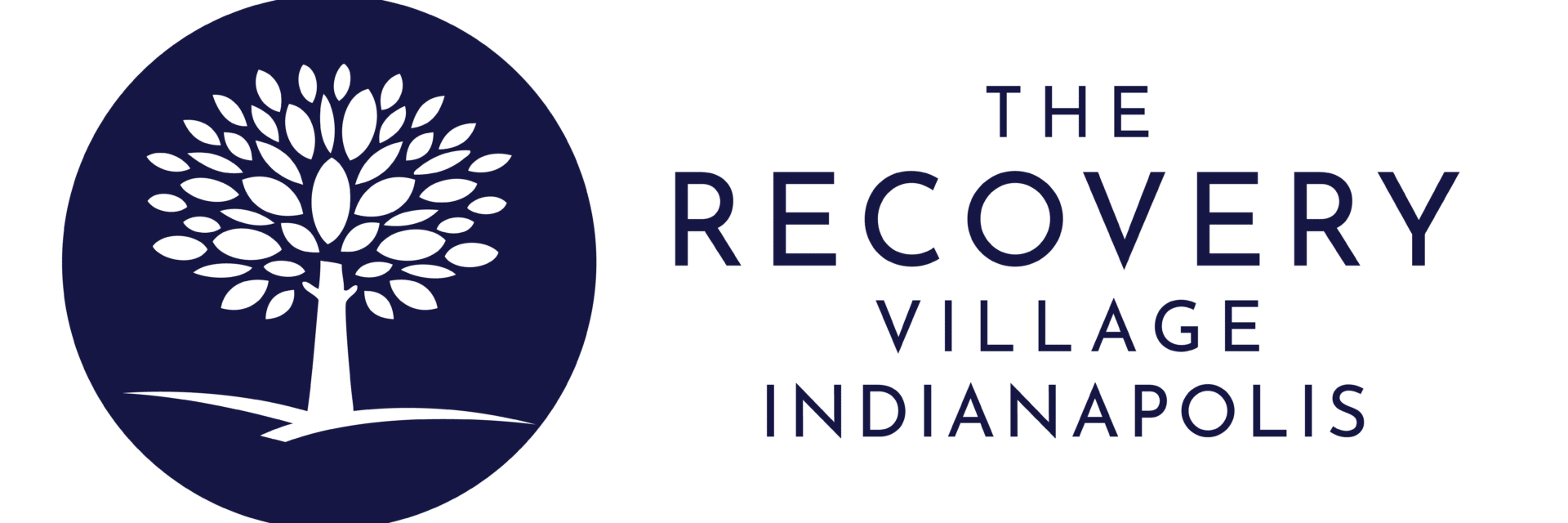The term “alcoholic nose” is often used colloquially to describe a red, swollen nose that some believe is a direct result of chronic alcohol consumption. While there is a grain of truth to this stereotype, the actual connection between alcohol use and changes in nasal appearance is more nuanced and widely debated among medical professionals.
Defining Alcoholic Nose
“Alcoholic nose” is a layperson’s term for the medical condition known as rhinophyma. The term rhinophyma originates from Greek, meaning “nose growth.” Although traditionally associated with excessive alcohol use, scientific studies indicate that the link between alcohol consumption and rhinophyma is weak. Many researchers now question whether alcohol is a significant contributing factor to the development of this condition.
Alternative Names for Alcoholic Nose
Alcoholic nose is referred to by various other names, including:
- Whisky nose
- Rum nose
- Potato nose
- Gin blossom
- Drinker’s nose
- Cauliflower nose
- Bulbous nose
- Gin nose
These alternative terms all describe the same characteristic swollen and bulbous appearance of the nose often associated with rhinophyma.
This Season, Give Yourself the Gift of a Fresh Start.
Whether you are struggling with addiction, mental health or both, our expert team is here to guide you every step of the way. Don’t wait— reach out today to take the first step toward taking control of your life.
Appearance of an Alcoholic Nose
Rhinophyma, commonly mislabeled as alcoholic nose, presents as a red, swollen, and lumpy nose. The affected area may also exhibit a purplish hue and can resemble warts or other skin irregularities with protruding lumps. This distinctive appearance can significantly alter the facial aesthetics, leading to social and psychological impacts for those affected.
Causes of Alcoholic Nose
Despite popular belief, alcohol is not the primary cause of rhinophyma. The condition is mainly linked to rosacea, a chronic skin disorder that affects the blood vessels in the face, resulting in persistent redness, pimples, and compromised skin quality. While alcohol consumption can worsen rosacea symptoms and may slightly increase the risk of developing rhinophyma, many individuals with rhinophyma do not consume alcohol excessively, and rosacea can occur independently of alcohol use.
Rosacea: The Underlying Cause
Rosacea is the primary medical condition responsible for rhinophyma. It is characterized by:
- Persistent facial redness or flushing
- Visible blood vessels (telangiectasia)
- Acne-like breakouts
- Thinning skin and increased sensitivity
- Eye irritation and dryness
In men, rosacea often affects the nose more prominently, leading to the development of rhinophyma, whereas in women, it typically impacts the cheeks. The exact cause of rosacea remains unclear, but factors such as genetics, immune system responses, and environmental triggers play significant roles.
Recognizing Rosacea Symptoms
Individuals with rosacea may experience:
- Frequent blushing or flushing of the face
- A burning or stinging sensation on the skin
- Visible blood vessels on the face
- Persistent redness and swelling
- Acne-like pustules and papules
- Eye irritation, including dryness, redness, and swollen eyelids
About Rhinophyma
Rhinophyma is an advanced form of rosacea that specifically affects the nose, causing it to become enlarged, bulbous, and deformed. Key signs of rhinophyma include:
- Gradual enlargement of the nose
- Thickened, uneven skin texture
- Visible oil glands and prominent pores
- Red or purplish discoloration
- Development of a rough, bumpy surface resembling cauliflower
Who Is at Risk for Rhinophyma?
Rhinophyma primarily affects men, particularly those between the ages of 50 and 70. Risk factors include:
- Gender: Men are significantly more likely to develop rhinophyma than women.
- Skin Type: Individuals with fair complexions are more susceptible.
- Age: Typically occurs in middle-aged to older adults.
- Family History: A family history of rosacea or other skin conditions increases risk.
- Ethnicity: People of Celtic heritage may have a higher predisposition.
- Existing Rosacea: Those with rosacea are at greater risk of developing rhinophyma.
Treatment Options for Rhinophyma
While “alcoholic nose” is not a medical diagnosis, rhinophyma requires medical attention to address its physical and psychological impacts. Treatment primarily focuses on reducing the excess tissue and restoring the nose’s normal shape.
Medications
Once rhinophyma has developed, medications alone are typically insufficient to reverse the condition. However, certain topical treatments can help manage rosacea symptoms and prevent further progression:
- Topical Antibiotics: Such as metronidazole, to reduce inflammation and bacterial growth.
- Anti-Inflammatory Agents: Including azelaic acid to lessen redness and swelling.
- Oral Antibiotics: For severe rosacea, to control inflammation and bacterial involvement.
Surgical Interventions
Surgery is the most effective treatment for rhinophyma, aiming to remove excess tissue and reshape the nose. Various surgical techniques include:
- Laser Surgery: Uses focused laser beams to precisely remove abnormal tissue.
- Electrosurgery: Utilizes electrical currents to cut and remove excess skin.
- Surgical Excision: Involves the manual removal of tissue using surgical instruments.
- Cryosurgery: Freezes and destroys the excess tissue.
These procedures not only improve the physical appearance but also enhance the patient’s self-esteem and quality of life.
Alternative Therapies
While not widely endorsed by the medical community, some individuals explore alternative treatments to manage rosacea and rhinophyma:
- Topical Vitamin B3 (Nicotinamide): May help reduce inflammation and redness.
- Herbal Extracts: Such as Indian chrysanthemum or amargo extract, though their efficacy is not well-established.
- Lifestyle Modifications: Avoiding triggers like spicy foods, extreme temperatures, and stress can help manage rosacea symptoms.
It is essential to consult a healthcare professional before pursuing alternative therapies to ensure safety and appropriateness.
Alcohol Addiction and Its Effects on Health
Although excessive alcohol consumption is not a direct cause of rhinophyma, alcohol abuse can have numerous detrimental effects on overall health, including:
- Liver Disease: Such as cirrhosis and hepatitis.
- Kidney Problems: Including impaired kidney function.
- Increased Cancer Risk: Particularly liver, mouth, throat, and esophageal cancers.
- Cardiovascular Issues: Elevated risk of heart attacks and strokes.
- Neurological Impairments: Cognitive decline and memory loss.
Chronic alcohol abuse can lead to a cascade of health problems that significantly impact an individual’s quality of life.
Seeking Help for Alcohol Abuse and Rhinophyma
For individuals struggling with alcohol abuse and its associated health issues, seeking professional treatment is crucial. The Recovery Village Indianapolis offers comprehensive support and treatment programs to help individuals overcome alcohol addiction and manage related health conditions effectively.
Our Approach
At The Recovery Village Indianapolis, we understand the complex interplay between alcohol use and health conditions like rosacea and rhinophyma. Our treatment programs are designed to address both the physical and psychological aspects of addiction, providing a holistic approach to recovery. Key features of our treatment include:
- Medical Detoxification: Safely managing withdrawal symptoms under medical supervision.
- Inpatient Programs: Offering flexibility to meet individual needs.
- Behavioral Therapies: Including cognitive-behavioral therapy (CBT) to address underlying issues related to addiction.
- Support Groups: Facilitating peer support through group therapy sessions.
- Aftercare Planning: Ensuring long-term sobriety with ongoing support and resources.
Personalized Care Plans
Our team of licensed addiction specialists creates personalized care plans tailored to each individual’s unique circumstances. We focus on building resilience, developing coping strategies, and addressing any co-occurring mental health conditions to promote sustained recovery and overall well-being.
Conclusion
The notion of an “alcoholic nose” is more myth than medical reality, with rhinophyma being the actual condition often misattributed to excessive alcohol consumption. Rhinophyma is primarily caused by rosacea, a chronic skin disorder, and is influenced by factors such as genetics, gender, and age rather than alcohol use alone. Effective treatment for rhinophyma involves medical interventions, primarily surgical, to restore the nose’s normal appearance.
Addiction and Mental Health Treatment at The Recovery Village Indianapolis
For those seeking addiction or mental health treatment, The Recovery Village Indianapolis Drug and Alcohol Rehab stands as a beacon of hope. Located within the heart of Indy, we offer an array of treatment options, including medical detox and inpatient rehab for substance abuse and a residential rehab program for mental health disorders.
When you or a loved one are ready to embark on the path to recovery, our Recovery Advocates are here, ready to assist. Reach out to learn more about our tailored treatment programs, designed to cater to your specific needs and situation.


